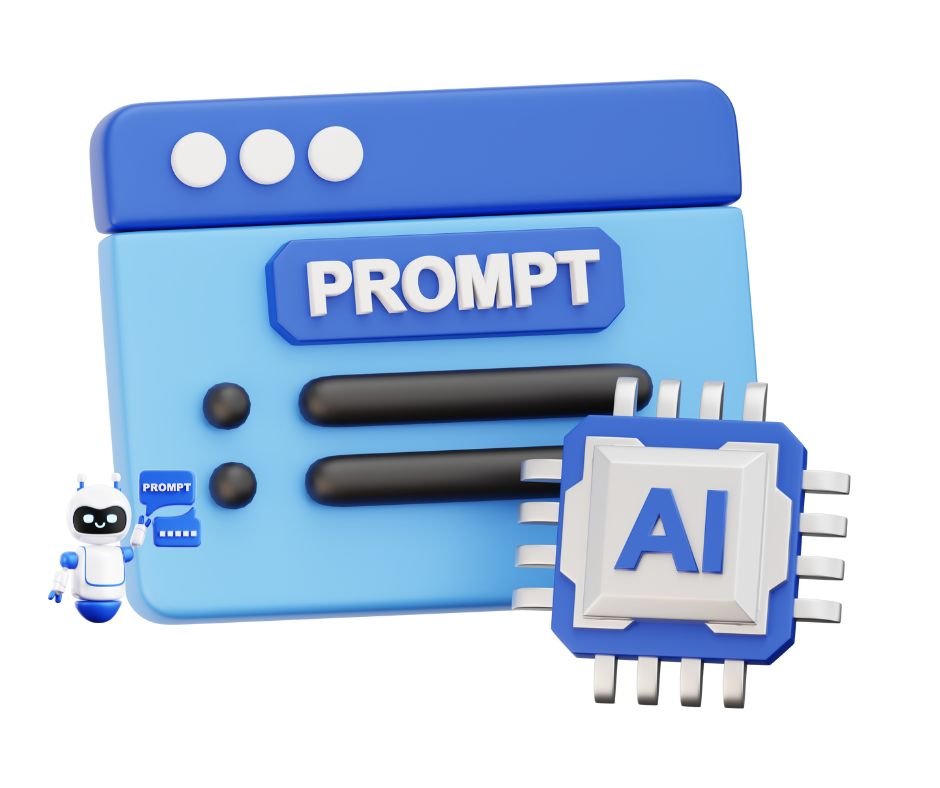Artificial Intelligence is reshaping how we work — but behind every model response sits a deceptively powerful artifact: the prompt. At scale, small tweaks in prompt wording can swing accuracy, cost, and tone in ways that ripple across entire business workflows.
As enterprises adopt AI deeper into products and operations, one new challenge has emerged: prompt sprawl. Teams are experimenting with dozens, sometimes hundreds, of versions of the same prompt, with no clear naming, no rollbacks, and no audit trail. The result? Regression bugs, runaway costs, and models that behave inconsistently over time.
The solution gaining traction: prompt libraries with version control.
Why Prompt Versioning Matters
- Traceability — Without version control, you don’t know which prompt was live when a metric dipped.
- Safety — Enterprises can’t risk production prompts breaking SLAs because someone pushed a “quick tweak.”
- Experimentation — Teams need to test variations but keep a reliable baseline.
- Compliance — In regulated industries, prompts themselves may be auditable assets.
In short: Treat prompts like product code. They need governance.
What a Good Prompt Library Looks Like
1. Naming Conventions for Prompts and Evaluation Sets
Prompts should follow clear, structured naming — e.g.,[Product]-[UseCase]-[Version]-[Date]
Example: search-ranking-v2-2025-08-01.
Evaluation sets (the test cases you run prompts against) should also be versioned, ensuring changes are tested on a consistent benchmark.
2. Change Logs Tied to Metric Deltas
Every prompt update should include a log entry noting:
- What changed (wording, ordering, added instructions)
- Why it changed (tone adjustment, cost optimization, accuracy gain)
- Impact on key metrics: accuracy, latency, cost, user satisfaction.
This ties qualitative changes to quantitative outcomes — making prompt updates explainable.
3. Rollback Rules for Breached SLAs
Just like with product features, teams need predefined rollback triggers:
- Latency spikes beyond X%
- Accuracy drops below benchmark thresholds
- Cost increases beyond budget
If a new prompt fails, you can revert instantly to the last stable version.
Building a Culture of PromptOps
Prompt libraries aren’t just tools — they’re part of a larger discipline often called PromptOps. Core practices include:
- Version everything. Prompts, eval sets, and even evaluation scripts.
- Review changes. Treat prompt edits like pull requests — reviewed by peers.
- Automated testing. Run prompts against fixed benchmark datasets before shipping.
- Continuous monitoring. Track production performance and detect regressions early.
Pro Tip: Treat Prompts Like Product Code
The fastest-moving AI teams are adopting Git-style workflows for prompts. Every prompt lives in a repo, linked to evaluation results, tested before deployment, and rolled back when SLAs break.
This approach shifts prompts from “artifacts owned by one engineer” to shared, versioned assets that scale safely across teams and products.
Closing Thought
AI prompts might look like simple text strings, but they are core pieces of product logic. As organizations scale AI adoption, failing to manage them systematically leads to chaos. With prompt libraries, version control, and clear rollback strategies, teams can tame prompt sprawl and unlock consistent, safe, and scalable AI performance.
The takeaway is simple: if you’re not versioning prompts yet, you’re already behind.

